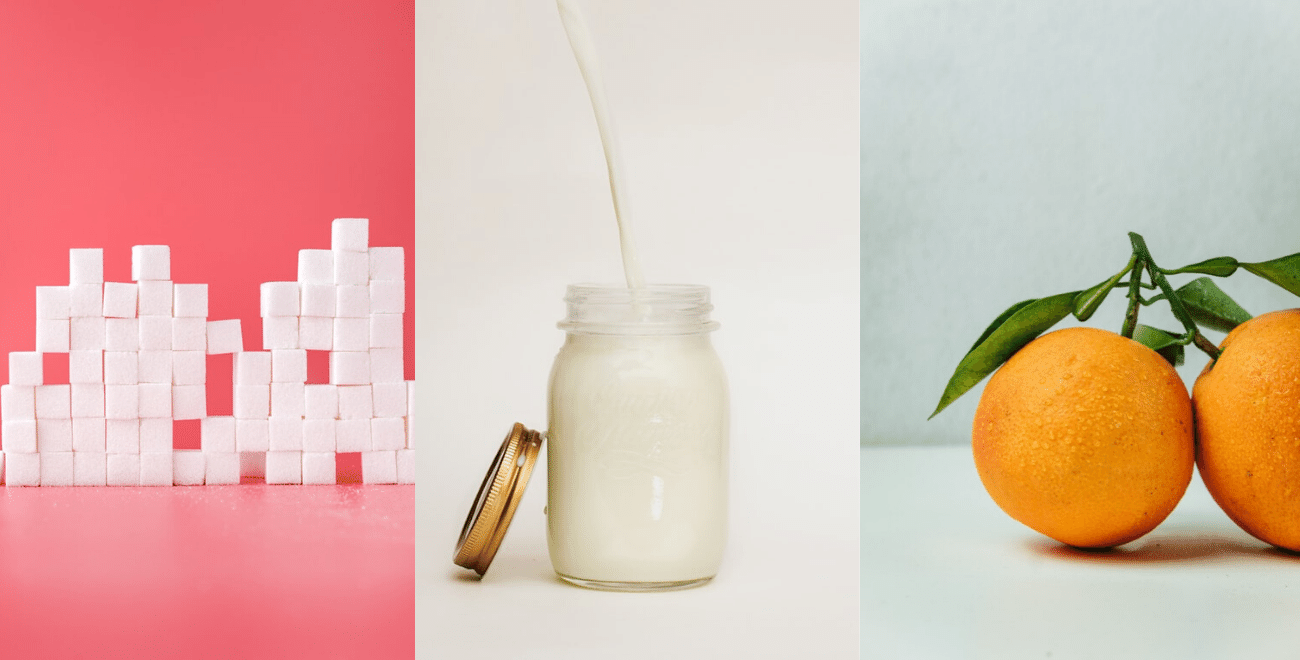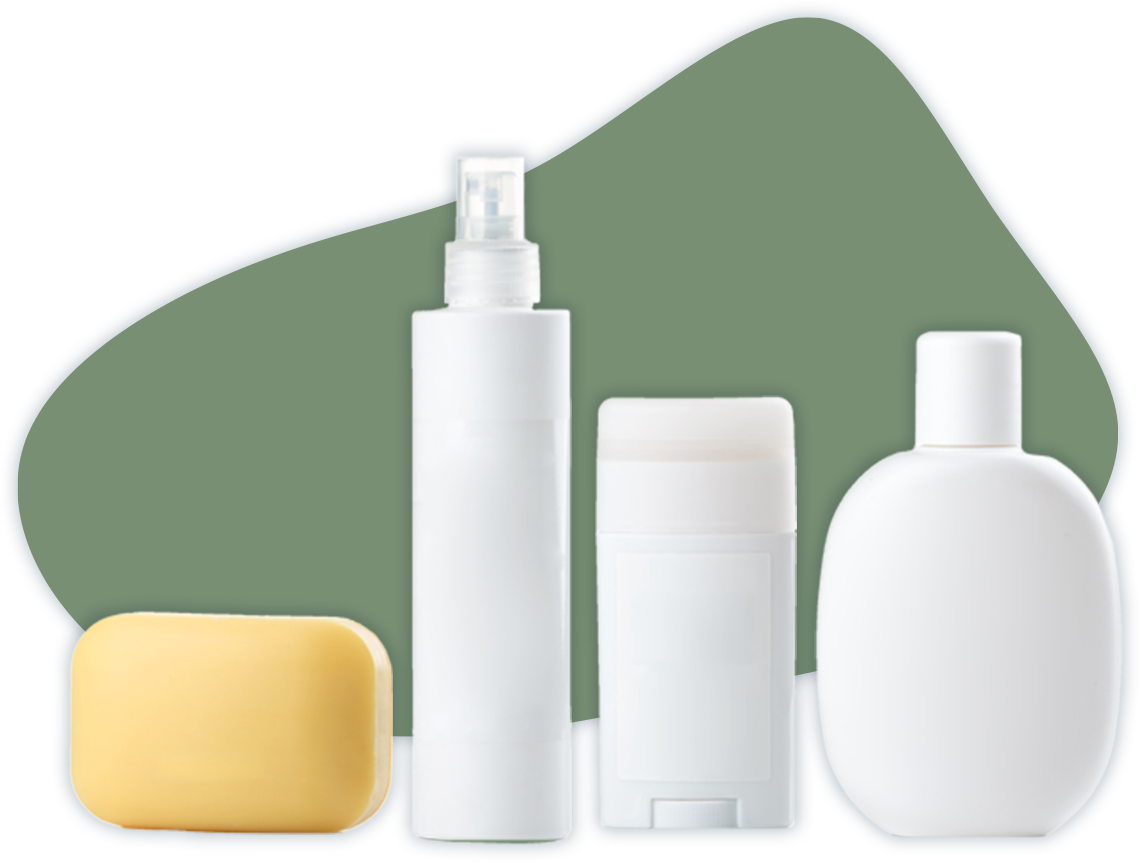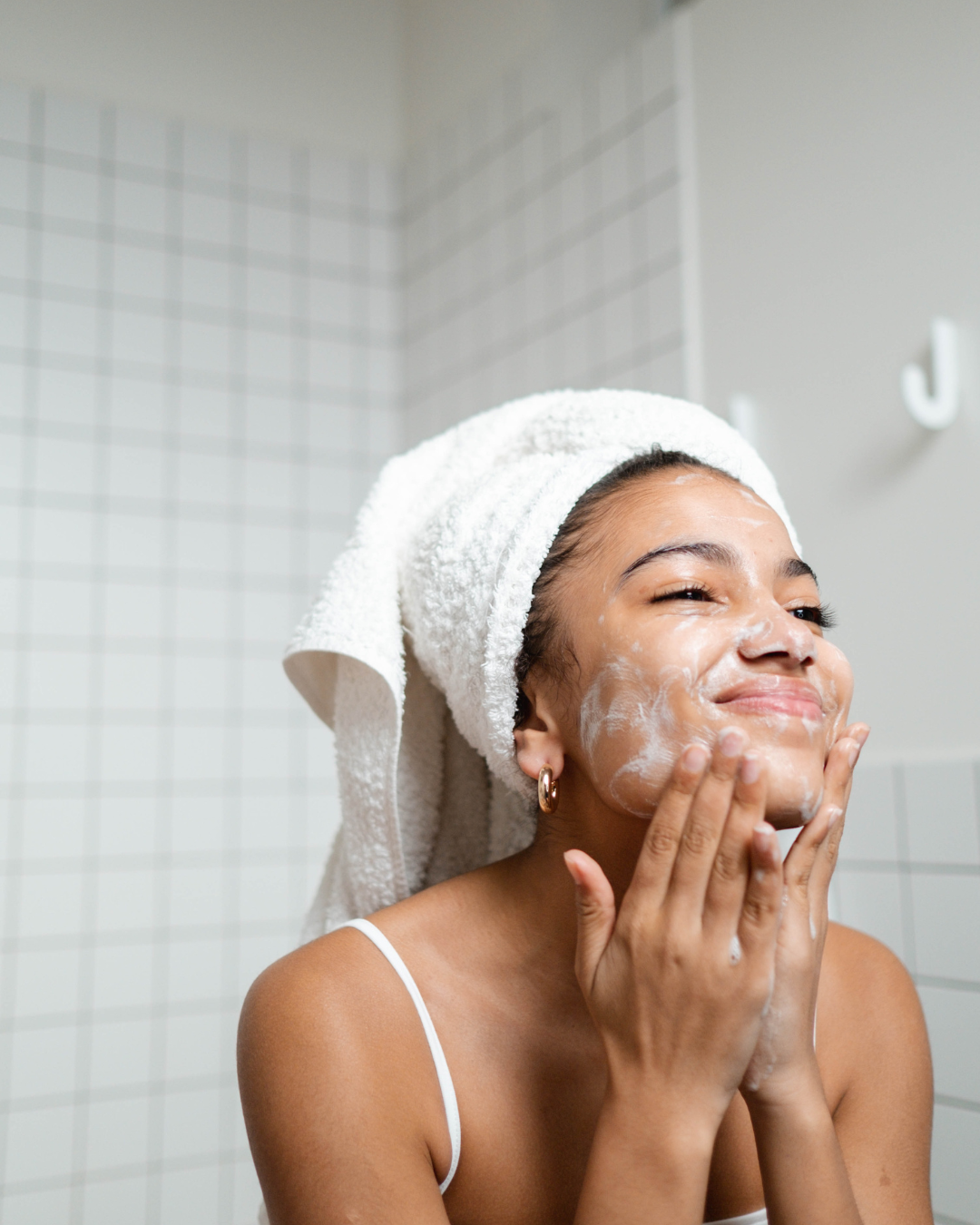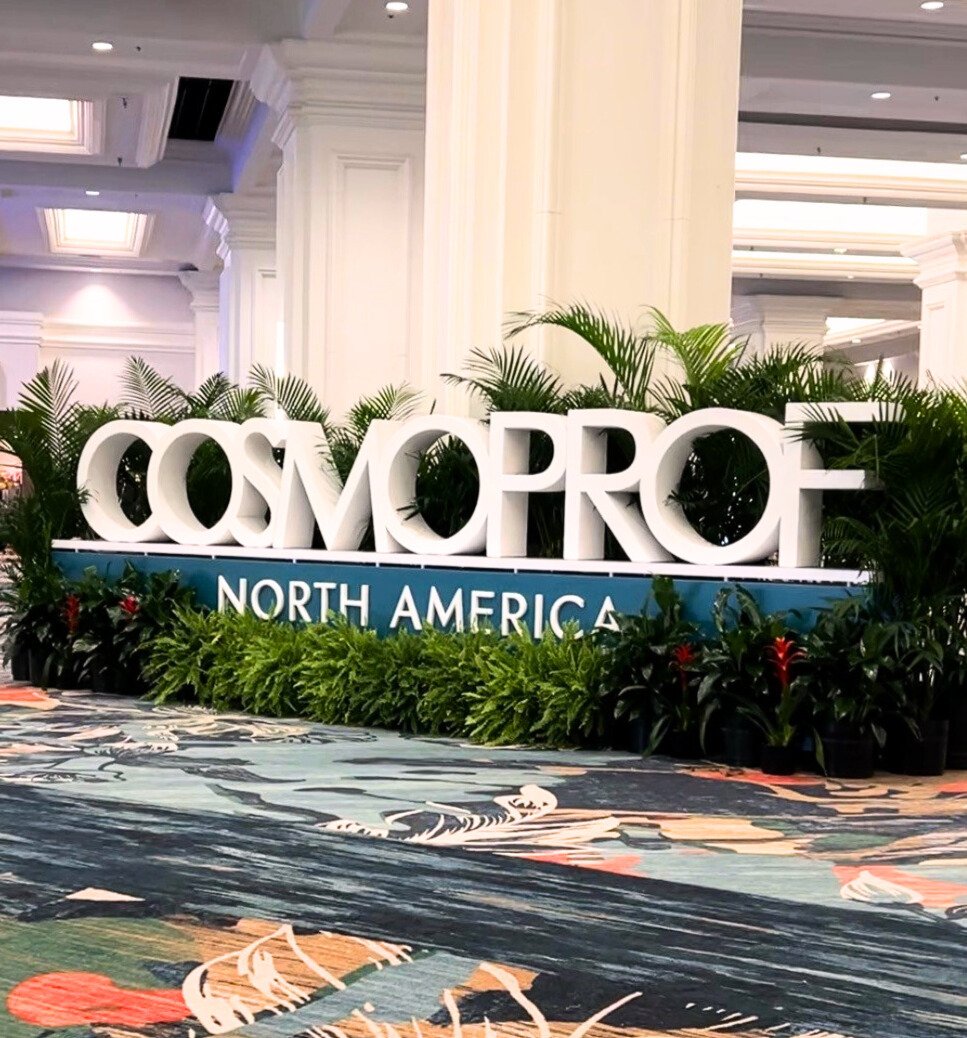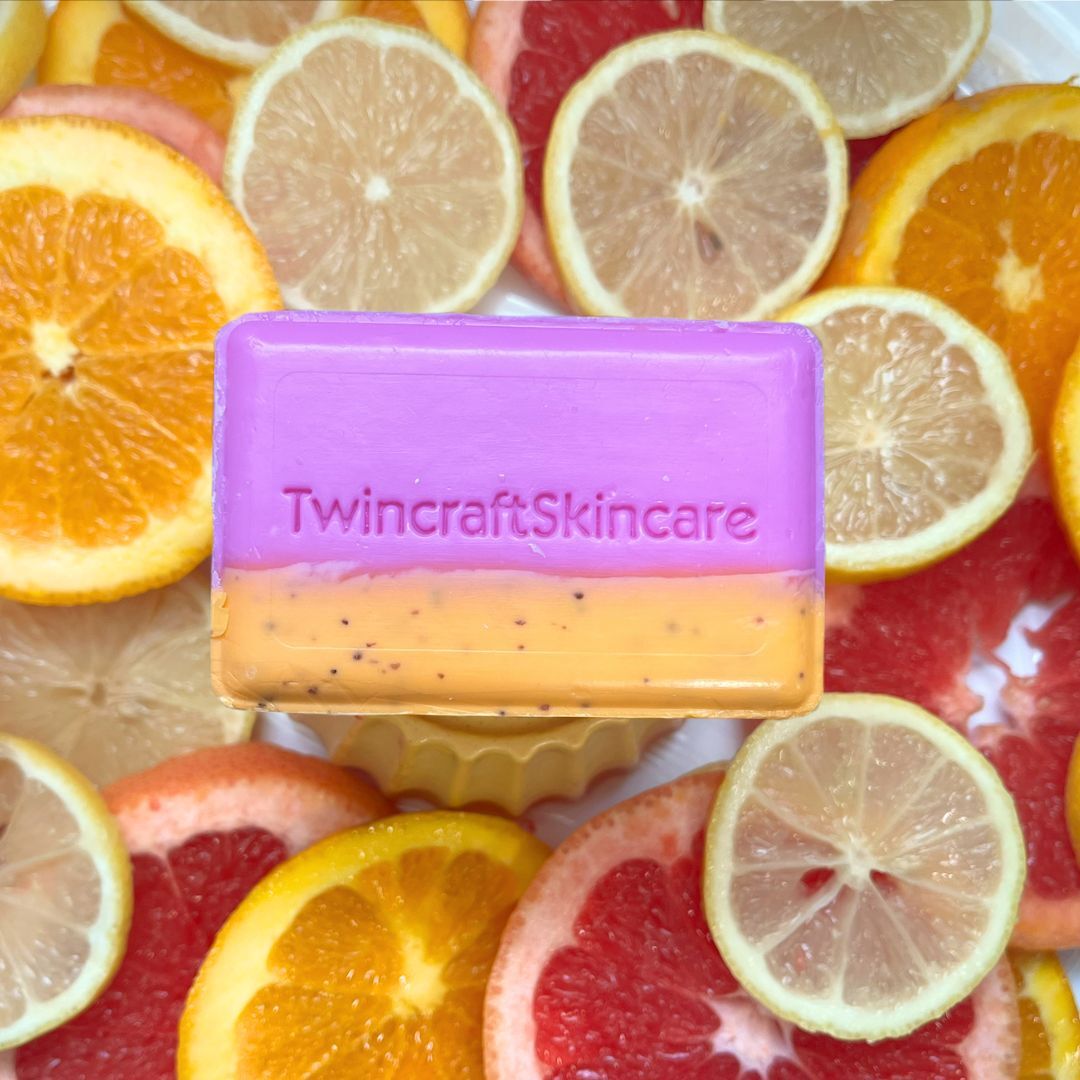Decades ago, researchers discovered that topical hydroxy acids have a dramatic effect on the skin. Over time, science’s understanding of the benefits of these acids expanded dramatically, and today, hydroxy acids are some of the most powerful and popular ingredients in skincare.
The Rise of Chemical Exfoliation
Exfoliation is not a new concept to skincare users, but in recent years, educated shoppers have migrated from using harsh physical scrubs to relying on chemical exfoliation treatments to help remove dead skin and encourage fresh, healthy skin cells to come to the surface.
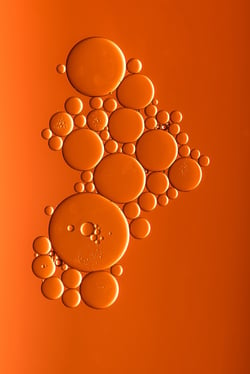 Chemical exfoliation used to be a procedure relegated to the dermatologist's office, as it was invasive, intense, and required many days of recovery time. This type of procedure came to life in pop culture through one of Sex and the City's many iconic episodes. In season 5 of the HBO show, Samantha treated herself to a chemical peel before a major event. Her skin was left peeling, bright red, and ultimately, off-putting to anyone who came in contact with her during her recovery period. Dermatological studies have come a long way since the show's 2002 airing, and there is no need to have that level of visible damage to achieve desired results.
Chemical exfoliation used to be a procedure relegated to the dermatologist's office, as it was invasive, intense, and required many days of recovery time. This type of procedure came to life in pop culture through one of Sex and the City's many iconic episodes. In season 5 of the HBO show, Samantha treated herself to a chemical peel before a major event. Her skin was left peeling, bright red, and ultimately, off-putting to anyone who came in contact with her during her recovery period. Dermatological studies have come a long way since the show's 2002 airing, and there is no need to have that level of visible damage to achieve desired results.
Drugstore scrubs were considered a staple in many skincare users' top shelves in the early aughts, but after a lawsuit popularized the idea that physical scrubs can do more harm than good, a shift occured in the larger discussion about at-home exfoliation. In 2016, two women filed a class-action lawsuit against St. Ives under the accusation that their widely loved Apricot Scrub actually could accelerate the aging process and encourage the development of fine lines because of its intensity and the micro-tears that its key ingredients could cause. Since then, many new physical exfoliants for the face have avoided walnuts, apricots, and other ingredients that can have sharp edges or be too intense for daily use.
The rise of K-Beauty in the 2010s also introduced many users to the concept of at-home chemical exfoliation. K-beauty is driven by "skintellectuals" who want efficacious products that deliver on their promised results, and chemical exfoliants, when used appropriately, can be extremely impactful in improving many different aspects of skin appearance and texture.
What are Hydroxy Acids?
Hydroxy Acids (HAs) are a class of compounds that have been used to treat skin disorders for about 40 years. Clinical trials show the effectiveness of the ingredients within the HA family in treating photoaging, reducing wrinkles, clearing pores, and improving skin elasticity, tone, and hydration.
Alpha hydroxy acids (AHAs) and beta hydroxy acids (BHAs) are the two primary classes of HAs, and in recent years, polyhydroxy acids (PHAs) have also risen in popularity in at-home skincare products and clinical treatments.
Alpha Hydroxy Acids in Skincare
AHAs are organic carboxylic acids with one hydroxyl group attached to the α-position of the carboxyl group. The hydroxyl and carboxyl groups are both directly attached to an aliphatic or alicyclic carbon atom, and the hydroxyl group in the AHA is neutral, as only the carboxyl group provides an acidic property.¹
AHAs are present in a lot of natural materials and foods, including milk, sugar, and fruit. Glycolic acid is the smallest and most widely used AHA in skincare and is derived from sugar cane. Lactic acid is the second smallest AHA, is derived from milk, and is widely used in topical skincare products to exfoliate the skin and support anti-aging effects.²
Because of their small size, AHAs act on both the epidermal and the dermal levels, and when applied to the skin, they stipulate the exfoliation of epidermal cells in the stratum corneum by interfering with the ionic bonding between the cells. This process “unglues” the cells, sloughing off dead, dull, and rough skin to promote skin renewal.³
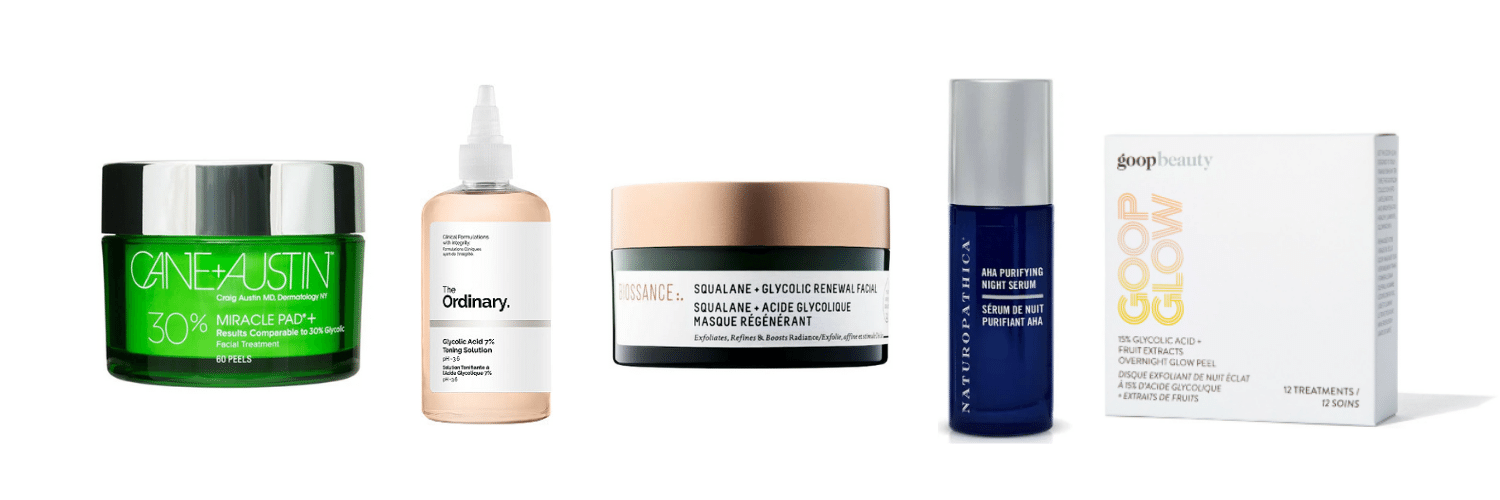
Glycolic Acid Skincare Products, Right to Left: Cane + Austen Miracle Pads, The Ordinary Glycolic Acid 7%, Biossance Squalane + Glycolic Renewal Facial, Naturopathica AHA Purifying Night Serum, Goop Beauty Goop Glow 15% Glycolic Acid Overnight Glow Peel
Early research promoted AHAs to treat hyperkeratosis, but since then, AHAs have evolved to be quite popular to promote soft, smooth skin, decreased wrinkles, reduce age spots, and treat blemishes. AHAs also have the benefit of improving subcutaneous barrier function and restoring hydration by promoting an increase in skin’s levels of hyaluronic acid.
Popular AHAs in Skincare:
- Glycolic Acid – Because of its small size, glycolic acid is able to penetrate the skin. It is derived from sugarcane or other synthetic sources, and is featured in skincare formulations at levels of 5% and more
- Lactic Acid – Lactic acid is slightly larger compound than glycolic acid, which means that it is slightly milder as it is not able to penetrate the skin’s outermost layer as deep. Lactic acid can be derived from milk or other synthetic sources, and can be found at levels ranging from 2% - 10% in skincare formulations
- Malic Acid – Malic acid is larger than lactic or glycolic acid compounds, and in addition to exfoliation benefits, it provides antioxidants to the skin. Malic acid can be derived from apples or from synthetic sources, and it is typically included with other AHAs in skincare formulations at 1% - 2%
- Tartaric Acid – Tartaric acid is nearly twice as large as a glycolic acid compound, and is naturally found in grapes and red wine, or other synthetic sources. In skincare formulations, it often functions to help maintain the required pH for other, more powerful AHAs to remain stable
- Citric Acid – Citric acid is derived from citrus fruits or from synthetic sources. In concentrations of 10% or more, it is able to exfoliate the skin, but can be irritating due to its low pH of 2.2
- Mandelic Acid – Mandelic acid is the largest AHA option, which makes it a gentle exfoliator for sensitive skin. It can promote oil production, which is beneficial to those with dry skin⁴
Overuse of AHAs can be dangerous and sensitizing to the skin, resulting in stinging and burning immediately after application. Over-exfoliation compromises the skin’s acid mantle, disrupts the skin’s microbiome, and can increase inflammation and irritation in a detrimental way. They can also promote photosensitivity and AHA skincare products are required to have a sun safety warning on their packaging.
For those who are at risk of damaging their skin due to AHA use, gentler acids are ideal to promote skin cell renewal without the harmful side effects. Less aggressive, time-released products, such as the Twincraft Product Innovation Team development of the Slow & Steady Toner with a time-released AHA active ingredient, are most appropriate for sensitive or sensitized skin.
Beta Hydroxy Acids in Skincare
BHAs are organic carboxylic acids having one hydroxyl group attached to the β-position of the carboxyl group. The hydroxyl group in the BHA is neutral in nature and the carboxyl group provides the acidic property.⁵
Some molecules are considered both an AHA and a BHA because they contain a hydroxyl group in the α-position to one carboxyl group and in the β-position to another carboxyl group, including the aforementioned malic acid and citric acid.
BHAs are exfoliants and are effective at reducing the appearance of fine lines and wrinkles and improving overall skin texture without the irritation often associated with AHAs.
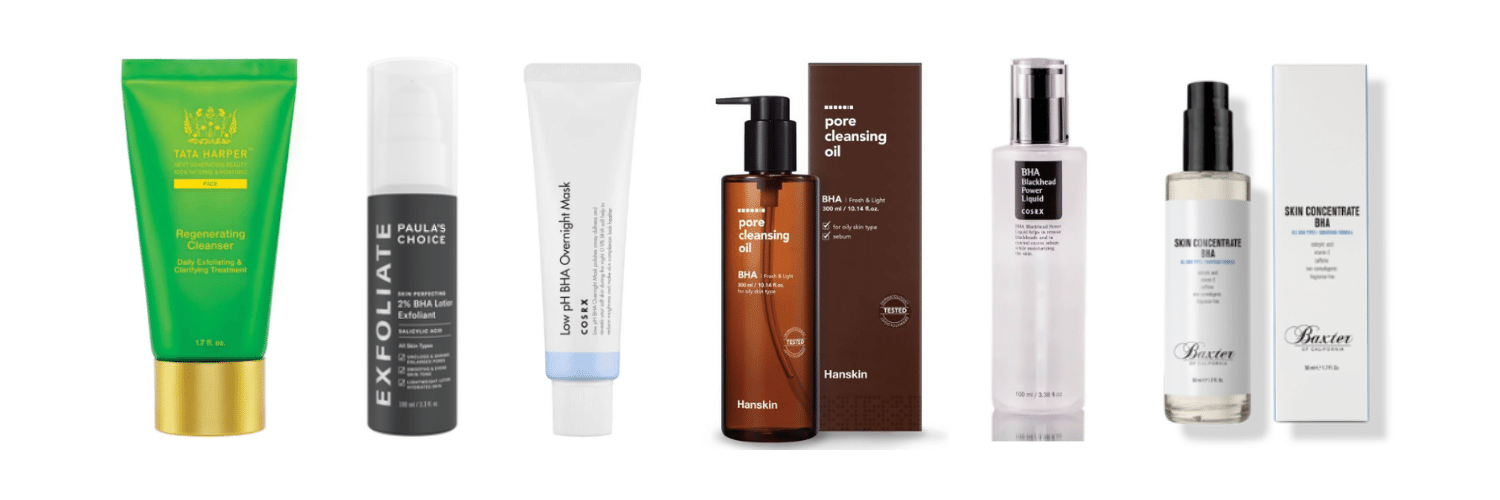
BHA Skincare Products, Right to Left: Tata Harper Regenerating Cleanser, Paula's Choice 2% BHA Lotion Exfoliant, COSRX Low pH BHA Overnight Mask, Hanskin Pore Cleansing Oil, COSRX BHA Blackhead Power Liquid, Baxter of California Skin Concentrate BHA
According to the FDA, BHA ingredients may be listed as:
- Salicylic acid, or related substances including salicylate, sodium salicylate, and willow extract
- Beta hydroxybutanoic acid
- Tropic acid
- Trethocanic acid
Salicylic acid is considered the most commonly used BHA in skincare, but many chemists refute the classification of this acid as a true BHA because of how it interacts with the skin on a molecular level. However, most consumers, the FDA, and cosmetic brands refer to it as a BHA and label it as such.⁸
Polyhydroxy Acids in Skincare
PHAs are organic carboxylic acids with two or more hydroxyl groups in the molecule attached to carbon atoms of an aliphatic or alicyclic chain. All the hydroxyl groups in the PHA are neutral, and only the carboxyl group provides its acidity.⁶
PHAs are naturally occurring compounds that have efficacy levels similar to AHAs but are larger and therefore less sensitizing. PHAs are compatible with clinically sensitive skin, have antioxidant properties, and are well suited for those with rosacea or atopic dermatitis or have recently undergone cosmetic procedures.
PHAs provide moisturizing and humectant properties and can enhance skin barrier function, which increases the skin’s resistance to chemical stress.
Popular PHAs include gluconolactone and lactobionic acid, which are chemically and functionally similar to their AHA counter parts (glycolic acid and lactic acid, respectively), but given their larger molecular structure, they are not able to deeply penetrate the skin and cause the same level of damage while reaping similar benefits.⁷
Suggested Product Concepts for Chemical Exfoliation
The Twincraft Skincare Product Innovation Team has explored natural formulations that fall under each of these categories to guide our customers to create product lines that treat the signs of aging, fight acne, and lighten skin pigmentation, and provide other products with the clinical levels of efficacy that our today's shoppers want. Request a sell sheet to learn more about each of these concepts.
- Chemical Peel Mask - This treatment features a gentle blend of 2.5% AHAs with 0.5% BHAs in our Gel Cleanser base
- Alcohol-Free Clarifying Acne Line - This collection includes a bar soap, foaming facial cleanser, toner, and targeted treatment, all with 2% salicylic acid
- Slow & Steady Toner - This gentle serum contains time-released AHAs to delivery gentle chemical exfoliation
- PHA Body Treatments - This collection features a bar soap and body lotion with PHAs to fight common skin conditions, such as keratosis pilaris, and is gentle enough to be used daily by those with sensitive or sensitized skin
Sources: ¹,²,⁵,⁶ Clinical and cosmeceutical uses of hydroxyacids (Green, Rph, MS; Yu, PhD, OMD; Scott, MD) ³Hydroxy Acids, the Most Widely Used Anti-aging Agents https://www.ncbi.nlm.nih.gov/pmc/articles/PMC3941867/ ⁴Paula’s Choice: Alpha Hydroxy Acids for Skin: What are they and how they work https://www.paulaschoice.com/expert-advice/skincare-advice/anti-aging-wrinkles/alpha-hydroxy-acids-skin-what-they-are-how-they-work.html ⁷The use of polyhydroxy acids (PHAs) in photoaged skin. https://www.ncbi.nlm.nih.gov/pubmed/15002656 ⁸ US Food & Drug: Beta Hydroxy Acids https://www.fda.gov/cosmetics/cosmetic-ingredients/beta-hydroxy-acids

